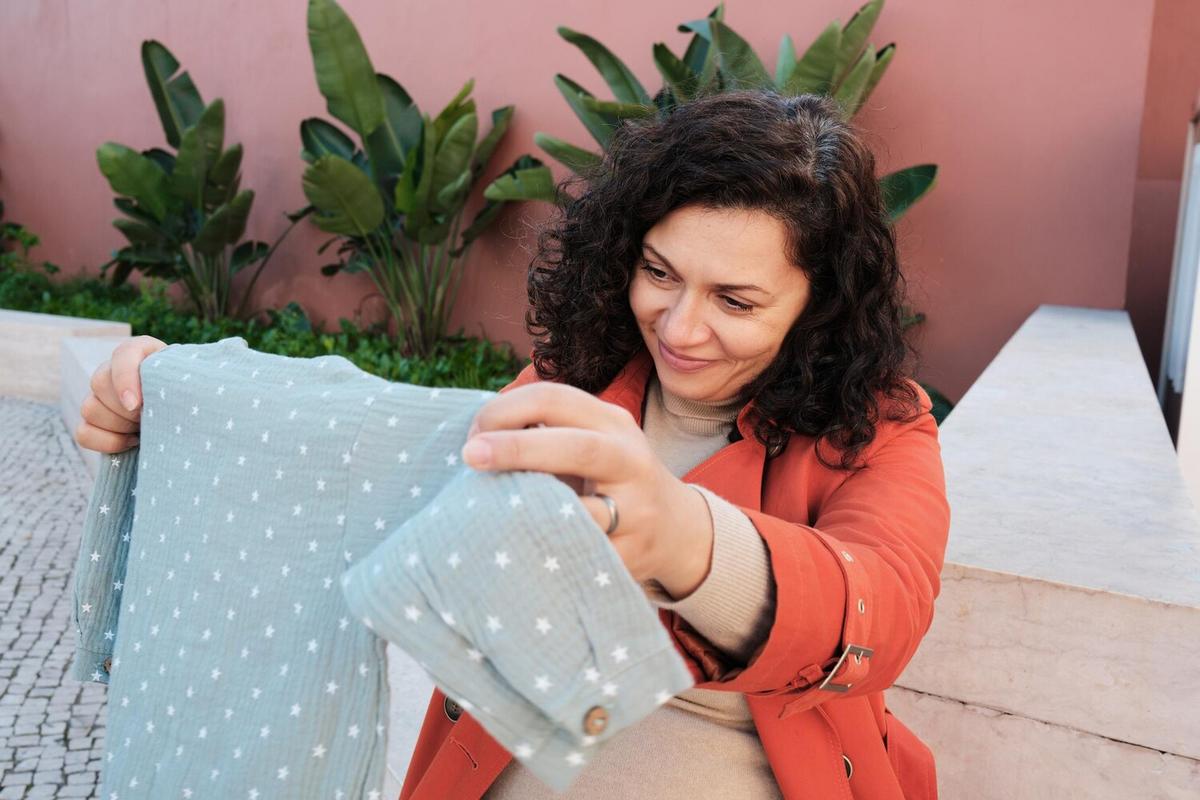In a world increasingly aware of environmental impacts, choosing sustainable fabrics is more important than ever. This comprehensive guide explores the options available, providing expert insights, actionable tips, and a friendly tone to help you make informed choices.
Understanding Sustainable Fabrics
Sustainable fabrics are materials designed to have minimal environmental impact throughout their lifecycle. This includes sourcing, production, and disposal. Unlike traditional textiles, which can be resource-intensive and polluting, sustainable fabrics aim to promote ecological balance.
Why Choose Sustainable Fabrics?
Switching to sustainable fabrics offers numerous benefits. According to the World Wildlife Fund, the fashion industry is responsible for 10% of annual global carbon emissions. By choosing eco-friendly materials, we can significantly reduce our carbon footprint and conserve resources.
Types of Sustainable Fabrics
| Fabric Type | Description | Environmental Impact |
|---|---|---|
| Organic Cotton | Grown without synthetic pesticides or fertilizers. | Reduces soil and water contamination. |
| Bamboo | Fast-growing and requires less water. | Biodegradable and renewable. |
| Recycled Polyester | Made from recycled plastic bottles. | Reduces landfill waste and conserves petroleum. |
| Linen | Made from flax plants, which require minimal water and pesticides. | Durable and biodegradable. |
| Tencel | Produced from sustainably sourced wood pulp. | Eco-friendly production process. |
| Hemp | Fast-growing and requires little water. | Improves soil health and is biodegradable. |
| Cork | Harvested from cork oak trees without harming them. | Renewable and biodegradable. |
| Recycled Wool | Made from post-consumer wool garments. | Reduces waste and conserves resources. |
Expert Opinions
“Choosing sustainable fabrics is a step towards a more responsible and ethical fashion industry,” says Dr. Sasha Crane, a sustainable fashion expert. “It’s about making choices that benefit both people and the planet.”
Actionable Tips for Choosing Sustainable Fabrics
- Check labels: Look for certifications like GOTS (Global Organic Textile Standard) and OEKO-TEX.
- Research brands: Choose companies committed to sustainability.
- Opt for quality: High-quality fabrics last longer, reducing the need for frequent replacements.
- Consider second-hand: Thrift stores and online platforms offer sustainable options.
- Support local: Buying locally-made products reduces transportation emissions.
Pro Tip: Always wash your sustainable fabrics in cold water and line dry them when possible. This conserves energy and extends the life of the material.
FAQs
Frequently Asked Questions
What makes a fabric sustainable?
A fabric is considered sustainable if it is produced in an environmentally friendly way, uses renewable resources, and has a minimal carbon footprint.
Is organic cotton better than regular cotton?
Yes, organic cotton is grown without harmful pesticides and synthetic fertilizers, making it a more eco-friendly choice.
Can sustainable fabrics be affordable?
While some sustainable fabrics can be more expensive, there are affordable options available, especially when considering second-hand or thrifted items.
How can I ensure a fabric is truly sustainable?
Look for certifications such as GOTS, OEKO-TEX, and Fair Trade, which indicate adherence to environmental and ethical standards.
Conclusion
Sustainable fabrics offer a viable solution to the environmental issues posed by the fashion industry. By making informed choices, checking labels, and supporting responsible brands, you can contribute to a more sustainable future. Start today by exploring your fabric options and making eco-friendly choices.




Leave a Reply